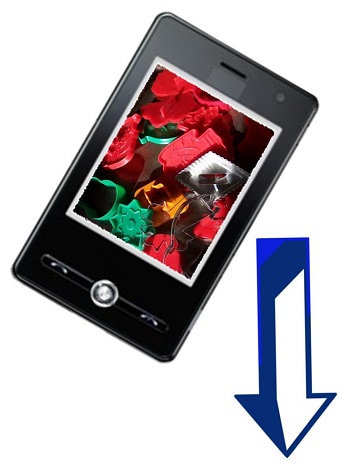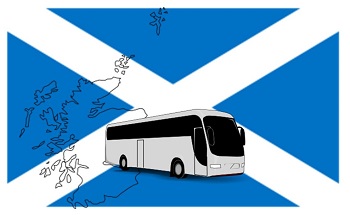The latest smartphone statistics are showing that advertisers can’t use a one size fits all mentality.
Smartphones are rapidly becoming one of the best ways for brands to be able to communicate an interact with consumers in a relevant way, as mobile marketing techniques become better understood and employed, but marketers are discovering that there is no single solution to reaching everyone.
There are massive opportunities through smartphone advertising, but a cookie cutter strategy does not exist.
While promotions and ads over smartphones can be extremely effective in emerging markets, mobile marketing firms have come to note that when focusing on emerging markets, they must not only work on engaging consumers, but also in converting new customers. Among the emerging markets where the growth has been greatest are Latin America, the Middle East, Africa, and the Asia Pacific region. In those markets, mobile ad revenues have risen by over 60 percent, year over year.
It is clear that these are very promising areas for mobile marketing, provided that it is done correctly.
The latest projections are that these markets will make up the majority of mobile connections within three years from now. Marketers are boosting their advertising budgets in order to focus on these customers and reach them through their smartphones. This is especially true in the areas in which there is a rapidly growing middle class. The reason is that it is building the number of people who have a disposable income.
In these emerging markets, the use of mobile devices is considerably greater than that of laptops and desktops. In fact, smartphones are used broadly over tablets. The reason is that they did not have the infrastructure or disposable income available for widespread computer use as developed nations saw those machines become ubiquitous. Therefore, targeting consumers over smartphones is essentially the only way to go when it comes to digital marketing in those regions.
The key is to avoid the belief that mobile marketing in the West and in these markets can be conducted in the same way. Duplicating campaigns leads to a direct failure in emerging markets, nearly every time.


